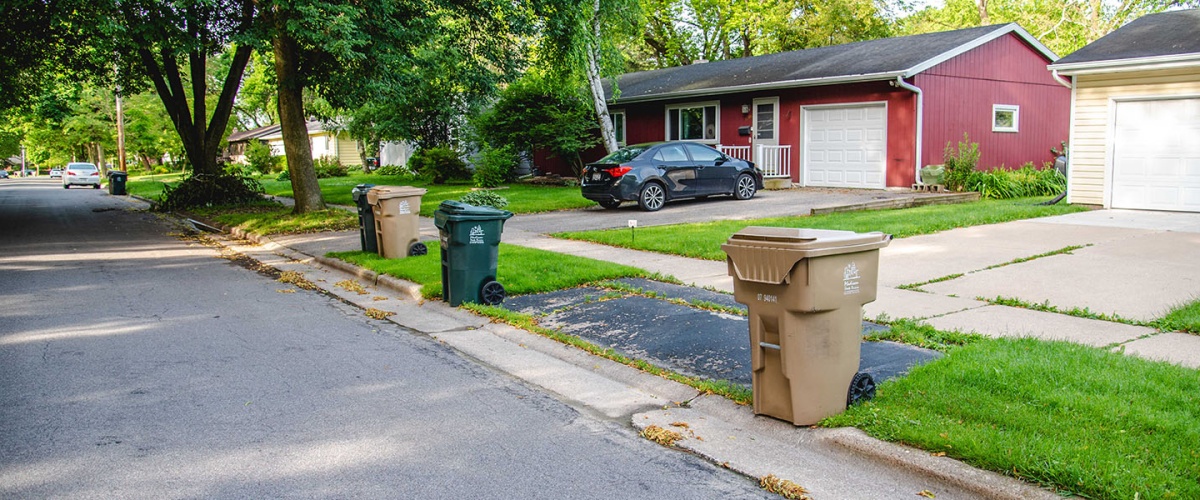Home Composting Resources
Resource Guides
- City of Madison Home Composting Guide
Paper copies available at Madison Public Libraries, or mailed to you upon request.
- Home Composting - The Complete Composter
A pamphlet created by the Wisconsin Department of Natural Resources.
- Master Composter Home Study Course
University of Wisconsin - Madison Extension Dane County thorough Master Composter guide.
- Home Composting Basics
Institute for Local Self-Reliance guide for home composting.
- Composting 101
Ecocycle's Composting 101 website.
- UW Extension Dane County - Compost Steward Class
Online class to learn more about composting.
Home Composting Guidelines
- Use a bin. You can learn how to build one or purchase one.
- Have the right mix of "browns" and "greens" in your bin. The rule of thumb is 3 "browns" to 1 "green." Browns are your carbon source, which would be like dried leaves. Greens are things like fresh grass clippings, and that is your source of nitrogen.
- If you are composting food scraps, be sure you are only composting raw fruits, vegetables, and other compostable waste like coffee grounds or egg shells. Do not compost meat, fats, oils, greases, or pet waste.
- Water your compost pile. Keeping it about as wet as a wrung out sponge will help your compost bin work.
- Turn your pile after 4 to 5 weeks at least. Turning the pile helps colder areas of your pile compost, and prevents unwanted critters from making their home in your compost pile.
- Follow the City of Madison ordinance for placement and size for your pile does not become an ordinance violation.
Trash & Recycling
- Report a missed collection
- How do I dispose of...?
- Drop-off sites
- Guidelines
- Cart Information
- Collection Schedule
- Disabled Resident Cart Roll Out Assistance
- Free Resources
- Move Out & Clean Outs
- Recycle Better Class
- Resource Recovery Special Charge
- Special Vehicles
- Waste Reduction
- Demolition Permit Reuse and Recycling Plans
